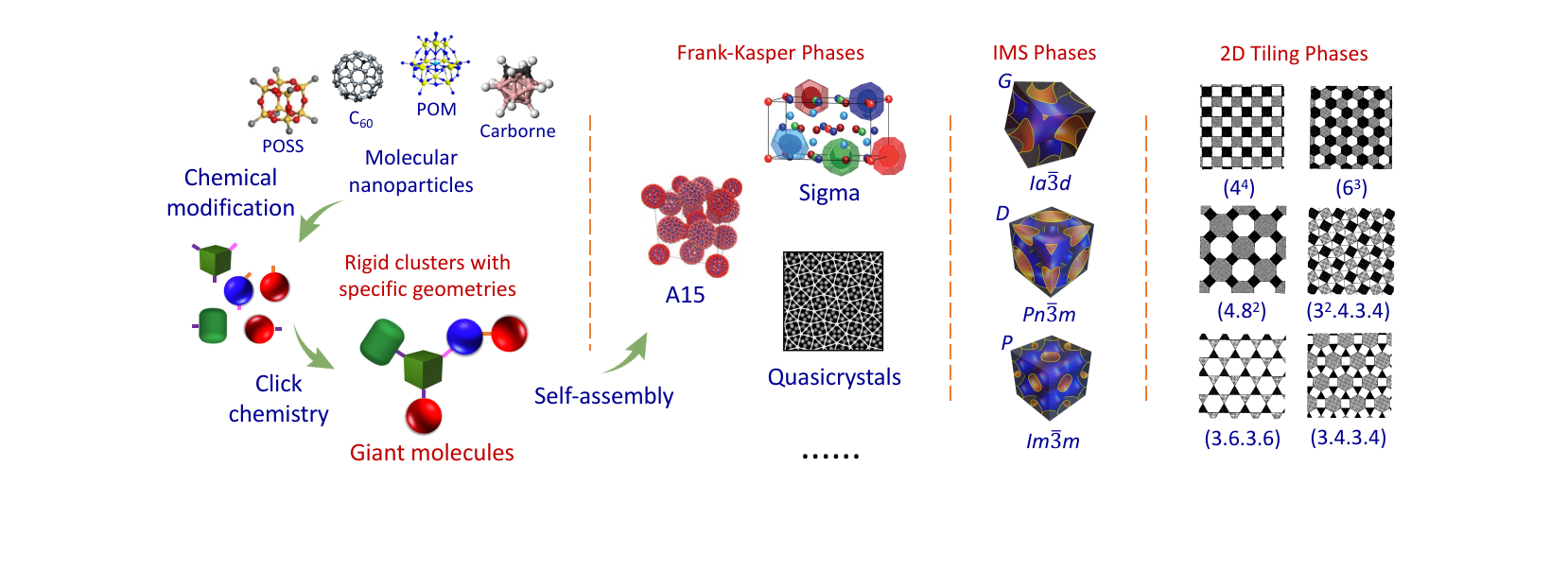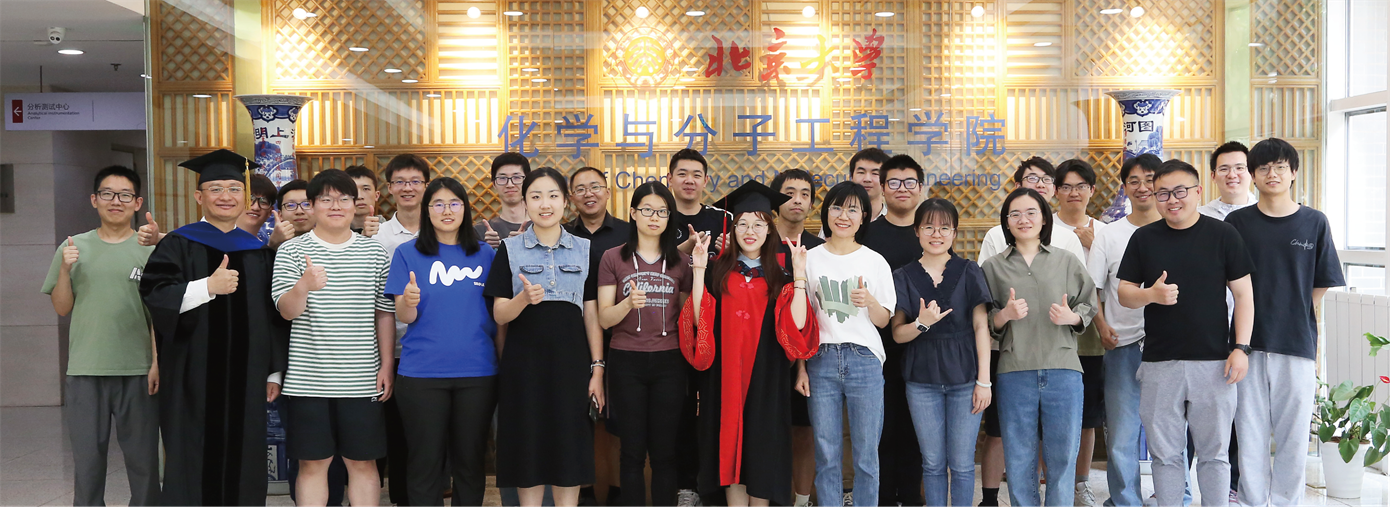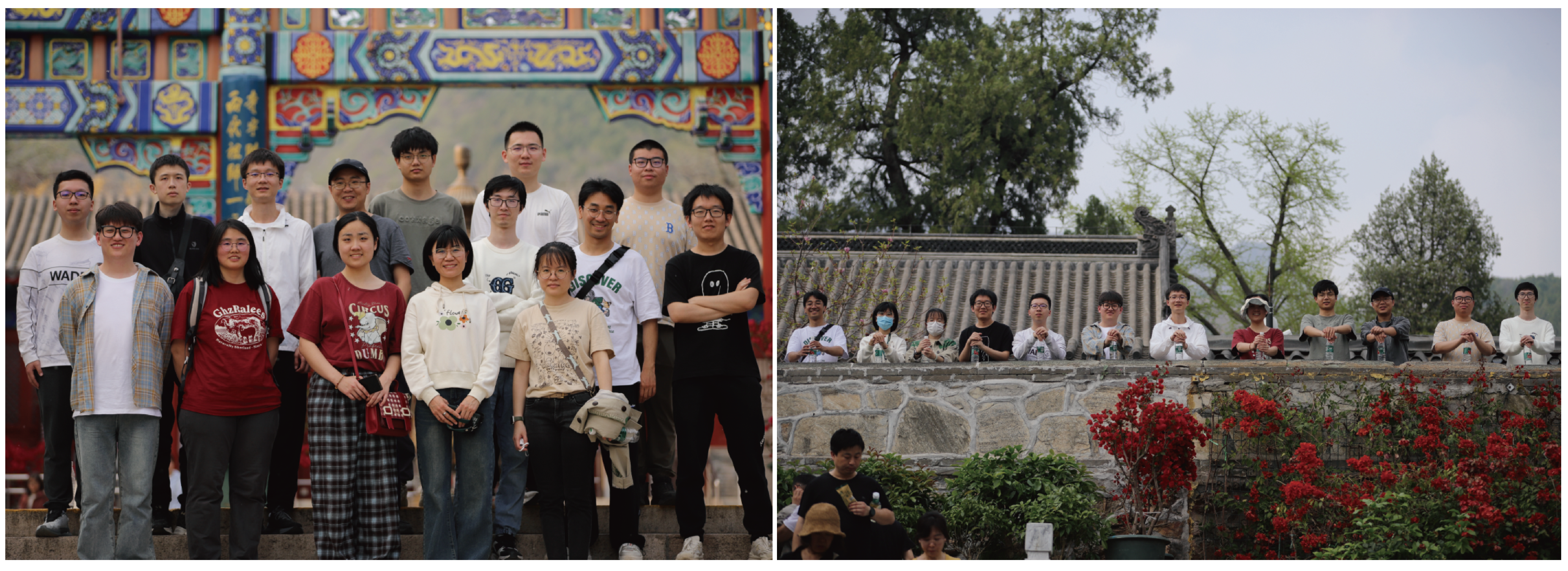Quotes
----------------------------------------------
-----------------------------------------------
在科学上没有平坦的大道,只有那些不畏艰险沿着陡峭山路攀登的人,才有希望达到光辉的顶点。
----马克思
-----------------------------------------------
Research Projects
Collaborations
------------------------------------------
请有兴趣的研究组联系我们。欢迎任何形式的合作,尤其是在自组装、水凝胶以及生物医药等方向的合作。
------------------------------------------
请有兴趣的研究组联系我们。欢迎任何形式的合作,尤其是在自组装、水凝胶以及生物医药等方向的合作。
------------------------------------------
Publications
15. Anionic Synthesis of Mono- and Hetero-Telechelic Polystyrenes via Thiol-Ene “Click” Chemistry and Hydrosilylation. Macromolecules 2011, 44, 3328-3337
Posted on:2016-04-29
Li, Y.; Zhang, W.-B.;* Janoski, J. E.; Li, X.; Dong, X.; Wesdemiotis, C.; Quirk, R. P.;* Cheng, S. Z. D.* Anionic Synthesis of Mono- and Hetero-Telechelic Polystyrenes via Thiol-Ene “Click” Chemistry and Hydrosilylation. Macromolecules 2011, 44, 3328-3337. [Link] [PDF]

Abstract
A series of precisely defined, mono- and heterotelechelic polystyrenes have been facilely synthesized by combining living anionic polymerization with other efficient chemical transformations, such as thiol–ene “click” chemistry and hydrosilylation reactions, leading to a versatile and general functionalization methodology for chain-end-functionalized anionic polymers. Specifically, α-vinyl-ended poly(styryl)lithiums, which were prepared using 4-pentenyllithium as an initiator under high-vacuum conditions, were reacted with different end-capping reagents using living functionalization methods to afford various chain-end functionalities quantitatively, namely, α-vinylpolystyrene, α-vinyl-ω-hydroxylpolystyrene, and α-vinyl-ω-hydrosilylpolystyrene. Subsequent functionalizations using photoinitiated thiol–ene “click” chemistry and hydrosilylation reactions allow facile and efficient installation of diverse functionalities onto the α- and ω-chain ends of these polymers, respectively, including amine groups, carboxylic acid groups, hydroxyl groups, and perfluorinated alkyl chains. It was found that the heterofunctionalization should be carried out in the sequence of hydrosilylation and then thiol–ene reaction to achieve precisely defined products, probably due to the side products associated with the reaction between silyl hydrides and radical intermediates. The polymers have been thoroughly characterized by 1H NMR, 13C NMR, FT-IR, SEC, and MALDI-TOF mass spectrometry to establish their chemical structures and chain-end functionalities, which indicates precisely defined mono- and heterotelechelic polystyrenes with 100% functionalities. These polymers serve as important model compounds in the study of their bulk properties as well as self-assembling behaviors.

Abstract
A series of precisely defined, mono- and heterotelechelic polystyrenes have been facilely synthesized by combining living anionic polymerization with other efficient chemical transformations, such as thiol–ene “click” chemistry and hydrosilylation reactions, leading to a versatile and general functionalization methodology for chain-end-functionalized anionic polymers. Specifically, α-vinyl-ended poly(styryl)lithiums, which were prepared using 4-pentenyllithium as an initiator under high-vacuum conditions, were reacted with different end-capping reagents using living functionalization methods to afford various chain-end functionalities quantitatively, namely, α-vinylpolystyrene, α-vinyl-ω-hydroxylpolystyrene, and α-vinyl-ω-hydrosilylpolystyrene. Subsequent functionalizations using photoinitiated thiol–ene “click” chemistry and hydrosilylation reactions allow facile and efficient installation of diverse functionalities onto the α- and ω-chain ends of these polymers, respectively, including amine groups, carboxylic acid groups, hydroxyl groups, and perfluorinated alkyl chains. It was found that the heterofunctionalization should be carried out in the sequence of hydrosilylation and then thiol–ene reaction to achieve precisely defined products, probably due to the side products associated with the reaction between silyl hydrides and radical intermediates. The polymers have been thoroughly characterized by 1H NMR, 13C NMR, FT-IR, SEC, and MALDI-TOF mass spectrometry to establish their chemical structures and chain-end functionalities, which indicates precisely defined mono- and heterotelechelic polystyrenes with 100% functionalities. These polymers serve as important model compounds in the study of their bulk properties as well as self-assembling behaviors.






